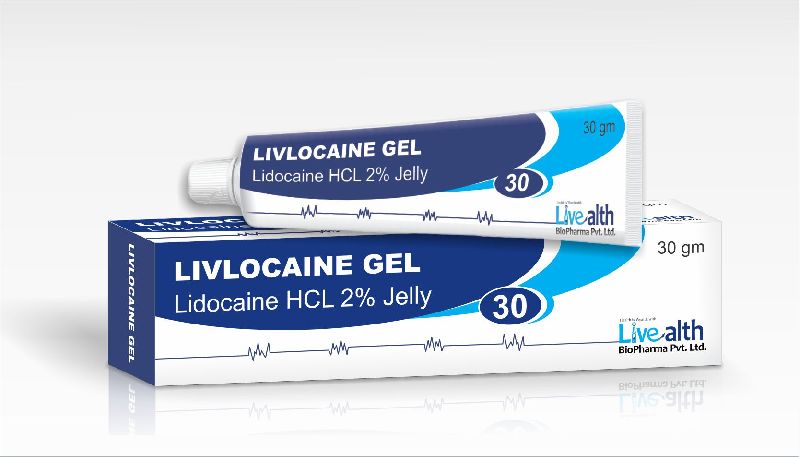

Lidocaine concentrations were detectable in all patients. The serum concentrations of nifedipine in these five patients ranged from 5.9 to 18.8 ng/mL. Patients' BP, heart rate and ECG readings were monitored during the study.Ĭhromatographic signals of nifedipine were sporadically observed in only five patients (20.8%), consistent with therapeutically negligible concentrations and insufficient to permit calculation of any pharmacokinetic parameters. Serum concentrations of nifedipine and lidocaine were determined by a high-performance liquid chromatography method in order to calculate pharmacokinetic parameters. Blood samples for the determination of nifedipine and lidocaine serum concentrations were drawn before surgery and at 20, 40, 60, 90, 120, 240, 360, 480 and 720 minutes after application. This study aimed to assess whether topical anorectal application of an ointment containing nifedipine (0.3% w/w) and lidocaine (lignocaine) to patients undergoing Milligan-Morgan haemorrhoidectomy achieves pharmacologically relevant serum concentrations of the active ingredients and has any haemodynamic effects or adverse effects.Ī single dose of 3 g of study ointment was circumferentially applied inside the anus to 24 patients (17 males and 7 females) aged 23-71 years (mean +/- SD: 42.9 +/- 4.9 years) during postoperative dressing after Milligan-Morgan haemorrhoidectomy from March 2007 to January 2008.


 0 kommentar(er)
0 kommentar(er)
